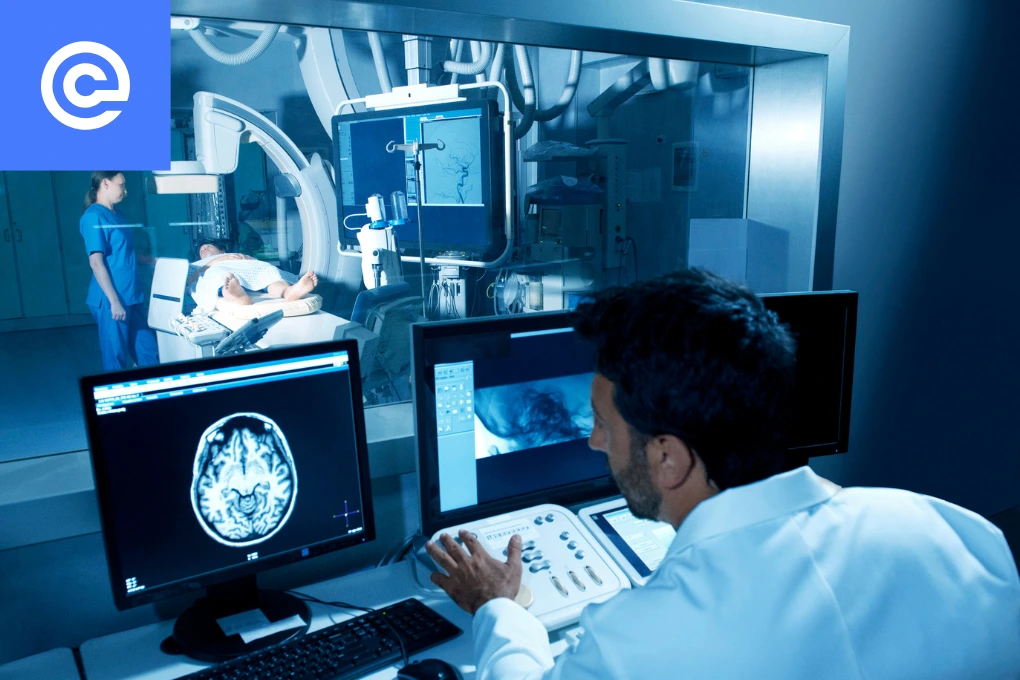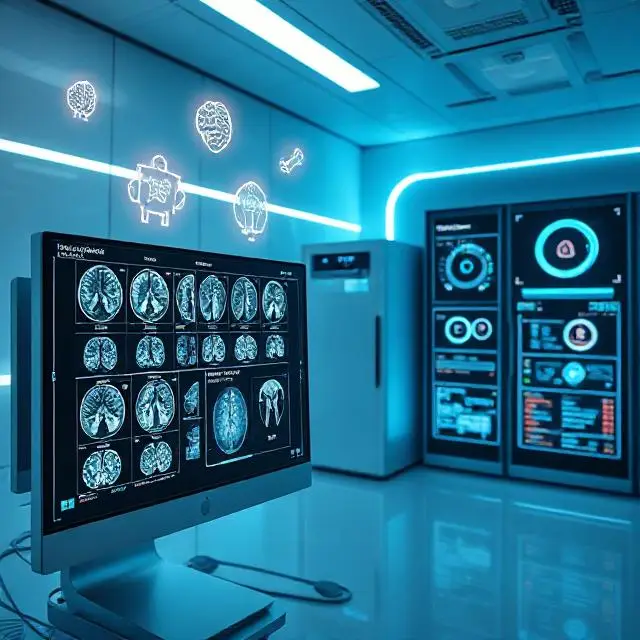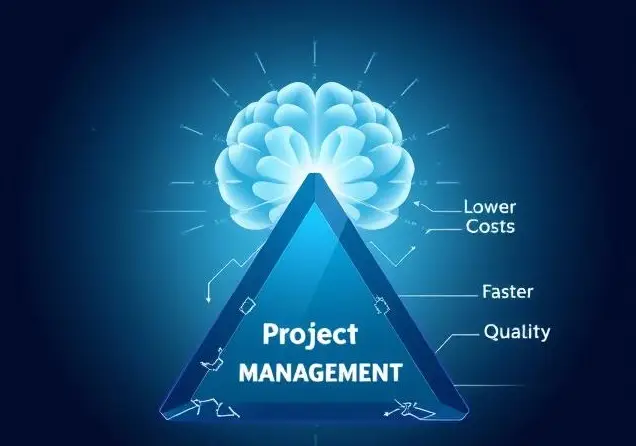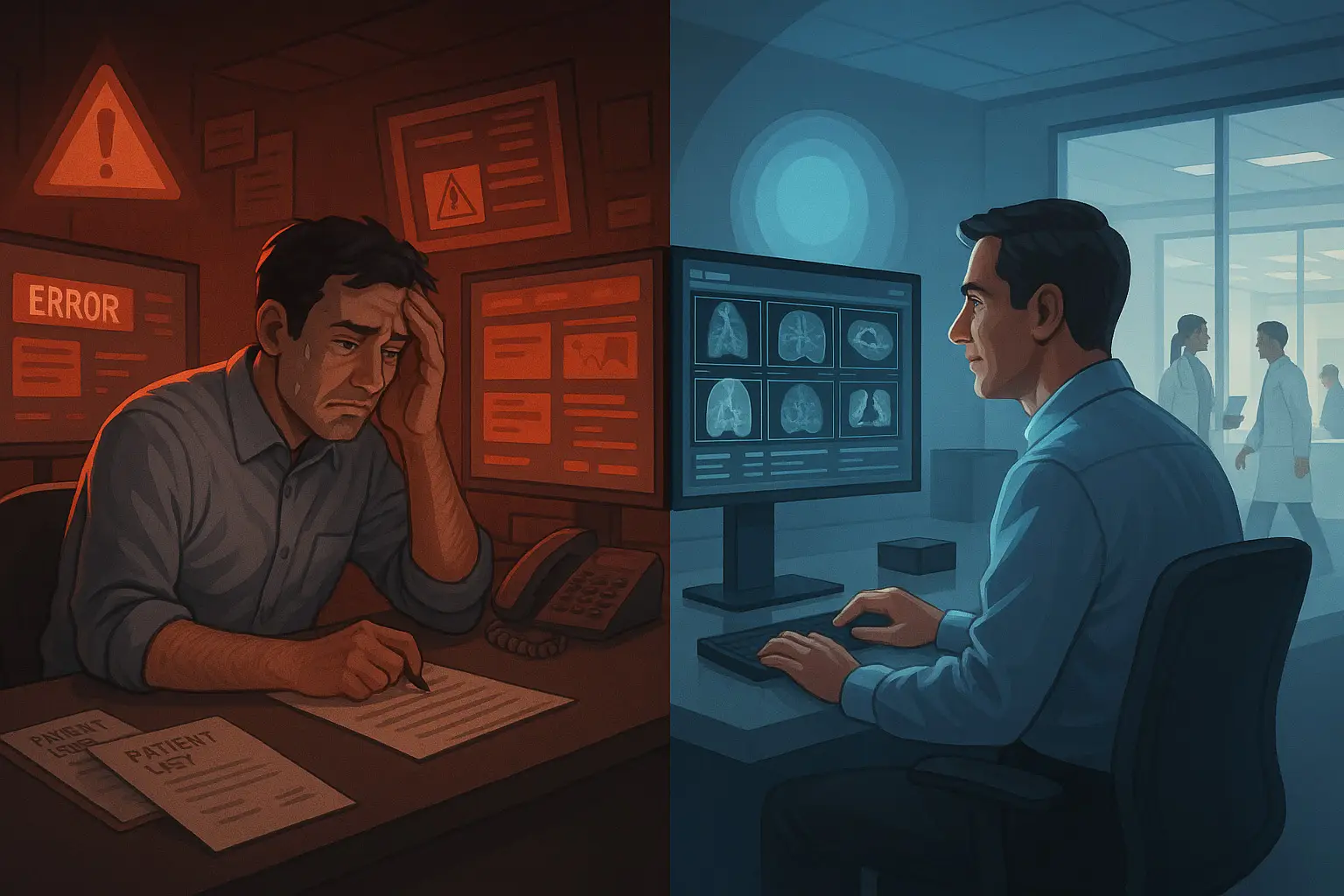Data standardization in medical imaging extends well beyond the technical aspects of DICOM and HL7 to the more strategic imperative of requiring an ontology-level approach to studies.
The Strategic Imperative of Ontology-Level Standardization
Radiologist Cheryl Petersilge and CIO Matt Dewey are at the forefront of this transformation, recognizing that true standardization requires a deeper, more structured approach to organizing medical imaging data. Their work with hospitals and imaging groups is paving the way for advanced standardization solutions that go beyond mere technical compatibility.
Benefits of Advanced Standardization
The implementation of these advanced standardization solutions is yielding several significant benefits:
- Enhanced Radiologist Efficiency: Standardized data allows radiologists to navigate and interpret images more quickly and effectively.
- Improved Access to Imaging Exams: Standardization facilitates easier sharing and retrieval of imaging studies across different healthcare systems and institutions.
- Increased Accuracy: Both human and AI-driven interpretations benefit from standardized data, leading to more precise diagnoses and reduced errors.
The Need for Enterprise Imaging Standardization
Enterprise imaging, which encompasses the management and integration of medical images across an entire healthcare organization, is particularly in need of standardization. This urgency stems from several factors:
- Interoperability Challenges: As healthcare systems become more interconnected, the ability to seamlessly share and interpret imaging data across different platforms and institutions becomes crucial. Standardization at the ontology level ensures that data is not just technically compatible but also semantically consistent.
- AI and Machine Learning Integration: The growing role of AI in radiology necessitates standardized data for training and implementation. Ontology-based standardization provides the structured, consistent data that AI algorithms require to function effectively and reliably.
- Quality and Consistency in Patient Care: Standardized imaging data contributes to more consistent patient care by ensuring that all healthcare providers have access to the same high-quality, well-organized information.
Implementing Advanced Standardization
The transition to advanced, ontology-based standardization involves several key steps:
- Following Comprehensive Ontologies: Organizations such as RSNA are working to create standardized terminologies through committees such as RadLex that will provide guidance on ontologies.
- Integrating with Existing Systems: Ensuring that new standardization approaches can be seamlessly incorporated into existing PACS and EHR systems, overcoming some of the proprietary functions that still exist.
- Training and Adoption: Educating radiologists and other healthcare professionals on the benefits and use of standardized data at the study and series level.
- Continuous Refinement: Regularly updating and improving standardization frameworks to keep pace with advances in medical imaging and healthcare technology.
Conclusion
The work of Petersilge and Dewey highlights the critical importance of advancing standardization in medical imaging beyond basic technical protocols. By embracing an ontology-level approach, healthcare organizations can significantly enhance the efficiency, accuracy, and interoperability of their imaging systems. This shift not only improves the day-to-day work of radiologists but also paves the way for more advanced AI applications and better patient care outcomes. As the healthcare industry continues to evolve, the strategic implementation of advanced standardization in enterprise imaging will be crucial in meeting the growing demands for efficient, accurate, and integrated healthcare services.
To hear firsthand how standardization can impact your organization, for the webinar.
Visit Enlitic at RSNA:
- Booth 4365 South Hall
- Laitek Booth 7707 North Hall
- Radiology Reimagined AI Showcase Booth 5104 South Hall








